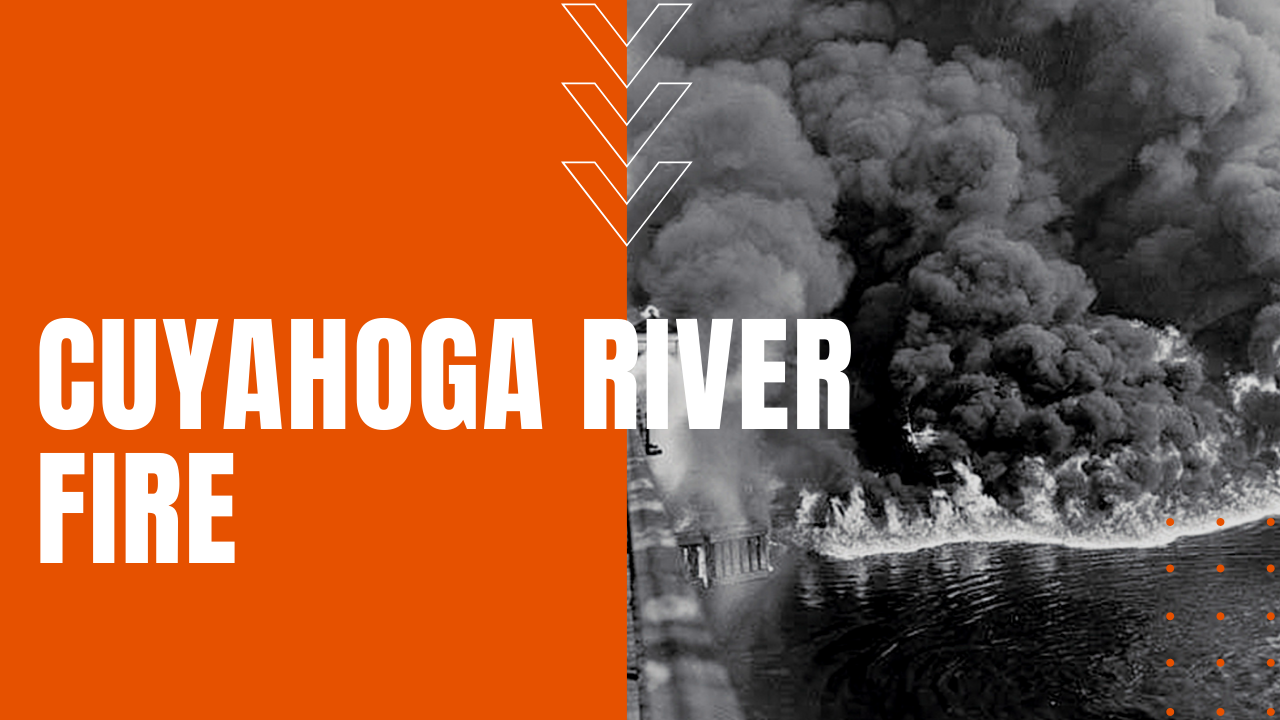Cuyahoga River Fire: Burning River Ignites Environmental Reform

During the 1940s, 50s and 60s, fires were commonplace on rivers throughout the industrial heartland. Numerous rivers in Cleveland, Buffalo, Pittsburgh and Detroit were seen as little more than dumpsites for industrial waste until a fire on the Cuyahoga River caught the nation’s attention in a way that made it the last river fire in America.
When the fire made the August 1st 1969 edition of Time Magazine, the event acted as a tipping point for young, activist Americans, who became increasingly vocal about the cavalier manner in which corporate America treated the nation’s environment.
Policy and Environmental Protection Agency Established
While the river fire of June 22nd, 1969 was extinguished in less than a half hour, the Time Magazine picture that galvanized Americans had actually occurred seventeen years earlier, which did require fireboats to put out a massive surface burn.
Disregarding the inaccuracies of the Time article, the piece outraged Americans, who in turn inspired state and federal leaders to respond with resolute political will. In Washington D.C., legislators passed the National Environmental Policy Act of 1969, which President Richard Nixon signed into law on January 1st, 1970. The Act established the Environmental Protection Agency or EPA, which in its first year of existence had a budget of $1.4 billion and an employee roster of 5,800.
The cleanup of America’s waterways and air quality would take years of steady pressure and fines against offending corporations, who eventually responded with improved filtration technologies and smokestack scrubber systems to trap pollutants before they reached the environment.
Today, air and water qualities have been largely restored to pre-industrial standards, although fossil fuel-inspired climate change continues to press humans for radical change.
